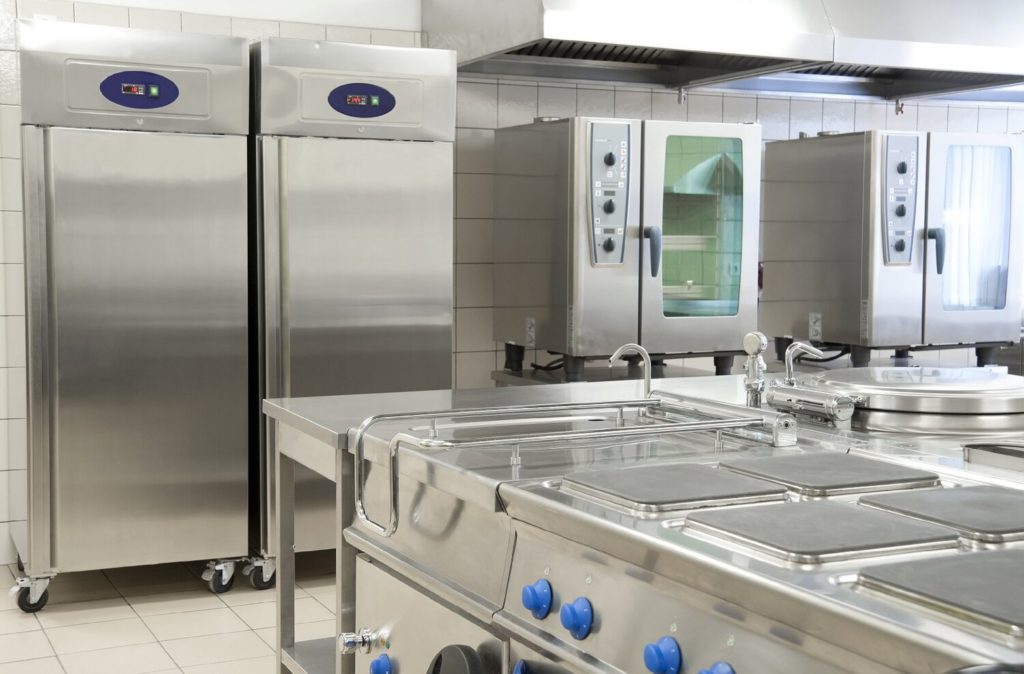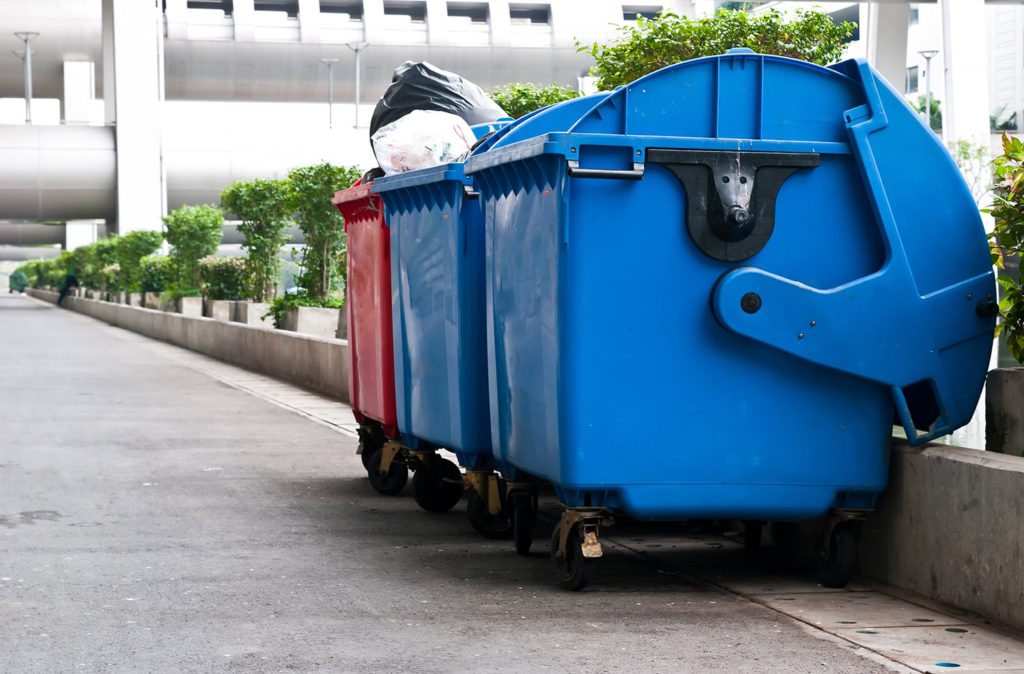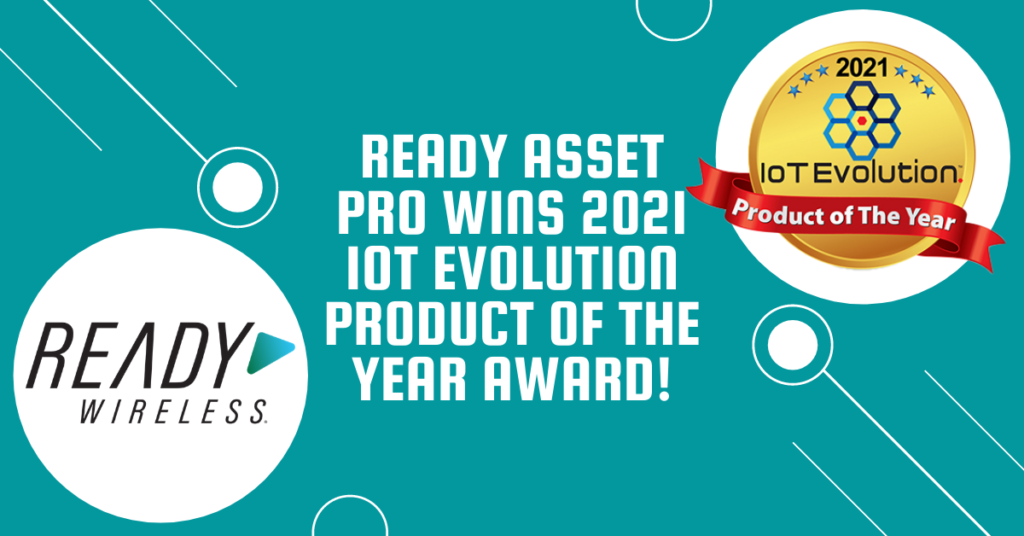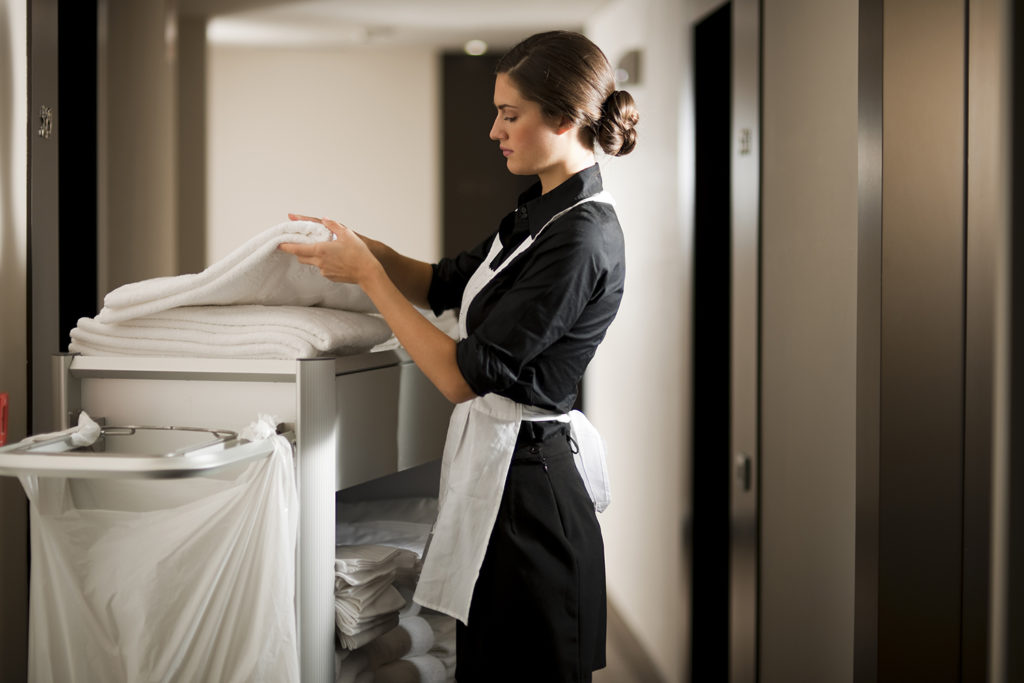Is your restaurant performing at its peak? The food service industry has weathered insurmountable challenges in recent years. As an owner, you’re tightening margins, navigating staffing issues, and adapting to shifting regulations. But amid this wave of change, operational efficiency has never left you. Safety, cleanliness, and labor can make or break your bottom line. That’s why restaurant owners are turning to IoT solutions to streamline their operations.
These wireless, battery-operated devices will shine a light into the most challenging corners of your operation. You’ll have insights that were never before possible with instant notifications, 24/7 remote monitoring, and data trending. Use IoT technology for these common restaurant concerns: cold temperatures, leaks, garbage, and grease traps.


1) Cold Temperature Stability
It’s never a good day when you find spoiled food because your cold storage didn’t hold the right temperature. A shelf thermometer is fine, except that someone still has to manually check for fluctuations. An IoT sensor continuously monitors temperature conditions, alerting you when the degrees fall outside the acceptable range. Place inside walk-in coolers, freezers, refrigerators, blast chillers, and even ice makers.
Another way to safeguard your perishables is with a door open/close sensor. Whether it’s the fault of a distracted employee or older equipment that doesn’t seal perfectly, it only takes several minutes for an open door to increase the internal temperature. Receive a notice instead so you or an employee can take immediate action.
2) Leak Detection
IoT leak detection is perfect for anything that might drip or overflow. Top culprits include sink pipes, floor drains, toilets, laundry machines, dishwashers, and janitorial closets. You’ll receive an alert the second moisture is detected.
We’ve also seen customers use leak sensors around their dry storage for peace of mind. You can even install them on or above ceilings, which are notorious for unexpected leaks. No pooled water also means you reduce the risk of a slip-and-fall incident.


3) Waste Bin Monitoring
Between food prep, customer waste, and packaging, trash is a daily reality. But overflowing garbage creates a serious problem. Rotting debris can attract pests, disgust customers, and even increase the risk of a fire. IoT can help with waste bin monitoring.
Data from your dumpster? Absolutely – compost and recycling receptacles too. Real-time insights about trash activity mean you can:
- Avoid overflowing bins
- Know when a bin is approaching capacity
- Eliminate the cost of unnecessary pickups
- Match the number and size of receptacles to your actual generation
- Help your trash service optimize their schedule and routes
The basic version of this IoT sensor is a status indicator. Using a volume-based algorithm, it senses when a container is full. The technology recognizes the shape and dimensions of your waste bin and then sends an ultrasonic ping to measure available capacity.
A more advanced version has a tamper alert that knows when a bin is in a tilted position. If the container was vandalized, blown over by the wind, or hit by a car, you can respond within seconds. This enhanced sensor can also detect flame risks by measuring the temperature.
4) Grease Trap Monitoring
Waste grease is another headache that IoT can manage. Customers may love your fries or crab rangoons, but the downside is storing that spent oil. It’s easy for the grease trap to form a blockage, overflow, grow mold, or attract vermin. Wouldn’t it be nice to have a sensor that instantly reports on grease levels?
With an IoT grease trap monitor, staff don’t have to spend time using a dipstick. You won’t have to worry about spilled grease either, which can be time-consuming and costly to clean, especially if there are environmental fines. With a better understanding about your grease collections, you can also finetune the pickup schedule, which might reduce costs.
Worried that adding all these IoT devices will drag down your bandwidth? These solutions communicate with an on-premise router that is separate from your internet. They use a long-range frequency that is also low power, known as LoRaWAN (LoRa from “long range” and WAN from “wide-area network”). You’ll get the operational insights you need without compromising your restaurant’s WIFI.

